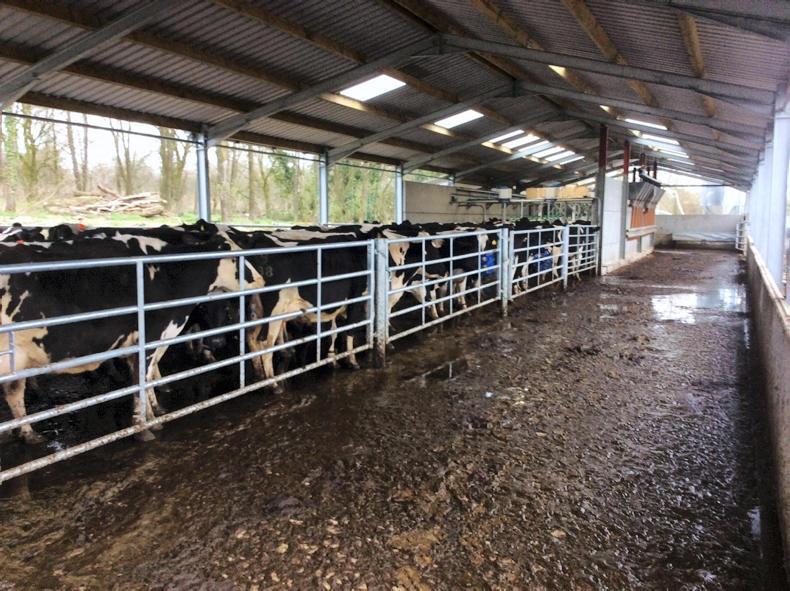I am sure every contributor to the Irish Farmers Journal is well aware that the minute you start saying how good things are, it’s a recipe for everything to go wrong – so I’m going to try the opposite tack and hope things start getting better.
Christmas week got off to a bad start when we started feeding some bad silage from the top of the silage clamp to 30 in-calf heifers.
Three days later two heifers aborted. One six month, one seven month.
The resulting blood tests proved that neospora was the cause, probably sparked off by the bad silage.
We shall possibly get a lactation out of the seven-month animal. The other will be recycled into the next calving group.
This particular group of animals was reared in a field with footpaths where dog faeces was a problem.
These two heifers will now have to be inseminated to beef, as neospora passes from cow to calf, though it isn’t otherwise infectious.
The next day a third-calver halfway through her lactation put her front leg through a fence and cut it very badly. We are continuing dressing and bandaging plus antibiotics.
Of course, on inspecting her records, she is a very good animal. We are hopeful but I’m not going to tempt fate with any predictions.
Mastitis
During this time, we suffered a mastitis storm, with eight out of a 100 needing treatment in one week. We formed a separate group for these so they could be milked last.
I think the problem was sparked off by the cow who had triplets. She developed mastitis on three quarters, was always in the parlour first and I don’t think the cluster flush was working adequately.
On Christmas morning, the computer in the milking parlour started having hiccups which necessitated an expensive visit.
The cause of the problem was a failure of a heating element in the boiler which kept tripping the trip switch.
The resulting power surges as we kept switching on to trace the source of the problem was something the computer couldn’t cope with.
And then two days later my wonderful shedding gate started playing up just when we needed to shed cows for a vet visit. Hopefully my declaration of these problems may improve things.
Production
Milk production stubbornly refuses to rise. We were expecting it to through the inclusion of maize and brewers grains.
The maize has put too much condition on some of the stale cows, so we will be trialling ketone boluses on the fat ones.
We are paying the laboratory to daily test the milk results through January to monitor changes in the feeding and tackle the mastitis problems and bacteriology problems.
I am not going to tempt fate by telling you what the sample results are but so far we’ve been very pleased.
Benchmark
We also recently attended a benchmark meeting. All the other attendees were on a dedicated supply contract and their average milk price for the last 12 months was 8p/litre higher than ours.
There was some consolation in the fact that our feed costs were 4p/l against their 8p/l. Since this was an average, you wonder what the highest feed costs were.
Several farms in this area are still taking in in tack sheep for the winter. These are sheep that come up from Wales.
They are busy razing off grass that should be saved for early turnout and in the current wet weather they are sinking up to their knees.
No wonder some farmers’ feed costs are very high, and they scoff at me when I say I want to turn out in 60 days.
Farmer Writes: drying off cows to cope with drought
Farmer Writes: resilient farmers will hope for a better 2018






 This is a subscriber-only article
This is a subscriber-only article









SHARING OPTIONS: